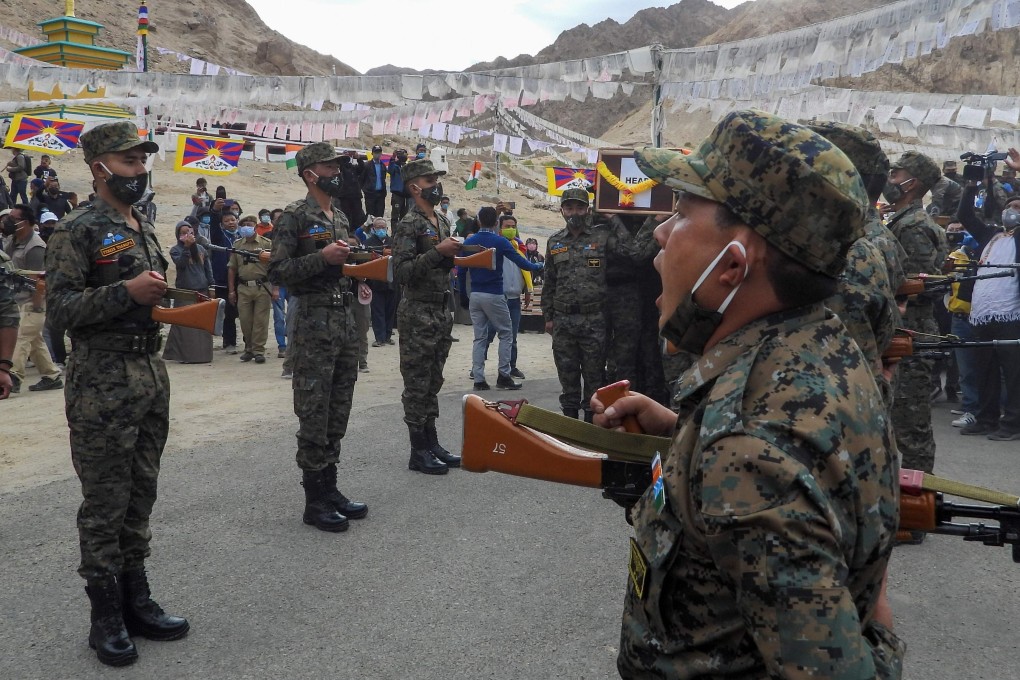China-India border dispute: both sides see need for troops to quickly disengage
- Foreign ministers meet in Moscow for first time since Himalayan border tensions turned deadly
- But lack of trust undermines prospects for progress, observers say

In their first formal agreement since a deadly clash in June, the foreign ministers from both countries also agreed to work out a new framework to maintain peace at the border.
But analysts said the deal’s prospects were undermined by battered trust on both sides.
Meeting on the sidelines of a Shanghai Cooperation Organisation gathering in Moscow, Chinese Foreign Minister Wang Yi and his Indian counterpart, Subrahmanyam Jaishankar, reached five points of agreement.
In a joint statement released early on Friday, the two foreign ministers said the stand-off was “not in the interest of either side”, and “the border troops of both sides should continue their dialogue, quickly disengage, maintain proper distance and ease tensions”.
“The ministers agreed that as the situation eases, the two sides should expedite work to conclude new confidence-building measures to maintain and enhance peace and tranquillity in the border areas,” the statement said, adding that both sides should avoid any action that could escalate matters.